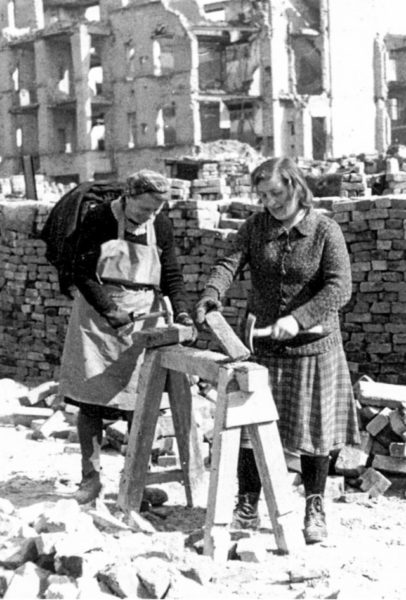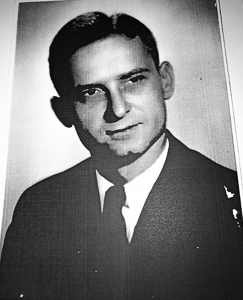During my banking career, I had the privilege to work with many talented and interesting people. One of those was a man who married a German woman whose grandmother was from Dresden, Germany. Steve told me that every two years, he and his wife would travel to Dresden to see her grandmother for a couple of weeks. On each trip, they could always count on being treated to the best seats in the theater, movie houses, and sports venues.
It turned out that Grandma was a Trümmerfrau or, a “Brick Lady” of Dresden.

Did You Know?
Did you know that forty U.S. generals were killed during World War II or immediately thereafter? That represents 3.6 percent of almost 1,100 U.S. generals and compared to the generals that the Soviet Union and Germany lost, it was a very small percentage. The difference is that our generals were either killed by the enemy, died of heart attacks, or disappeared without ever being found. A majority of the Soviet and Nazi generals were killed by their leaders: Joseph Stalin and Adolph Hitler, respectively.
The United States never followed a policy whereby generals were executed for gross incompetence, insubordination, or any other reason ⏤ the worst punishments were loss of jobs and demotion in military rank. However, the two dictators directly controlled their senior military staff and there was no room for failure or other sins. Stalin purged (i.e., executed) at least 65,000 high ranking and experienced officers in the years before World War II. Those executed included fifteen generals of the army, ninety-three percent of all officers ranked lieutenant general and above, and fifty-eight percent of all colonels through major generals. By the time the Second World War began, Stalin found he was lacking the necessary experience to plan and wage war. Hitler was equally brutal to his officer corps. During the war, eighty-four Nazi generals were executed while another 135 generals were killed in action (I suppose Field Marshal Rommel met both criteria ⏤ symbolically as well as realistically).
The City of Dresden
The city of Dresden can trace its lineage back thousands of years when it was a settlement of Slavic people. By 1350, it became known as Antiqua Dresdin and shortly afterwards, “Old Dresden.” Towards the end of the 15th-century, the city was the seat of the dukes of Saxony and today, it is the capital of the German state of Saxony. The 17th-century saw the building of the Zwinger Royal Palace, the Japanese Palace, the Taschenbergpalais, the Pillnitz Castle, and two landmark churches: The Catholic Hofkirche and the Lutheran Frauenkirche. Read More Dresden Brick Ladies

